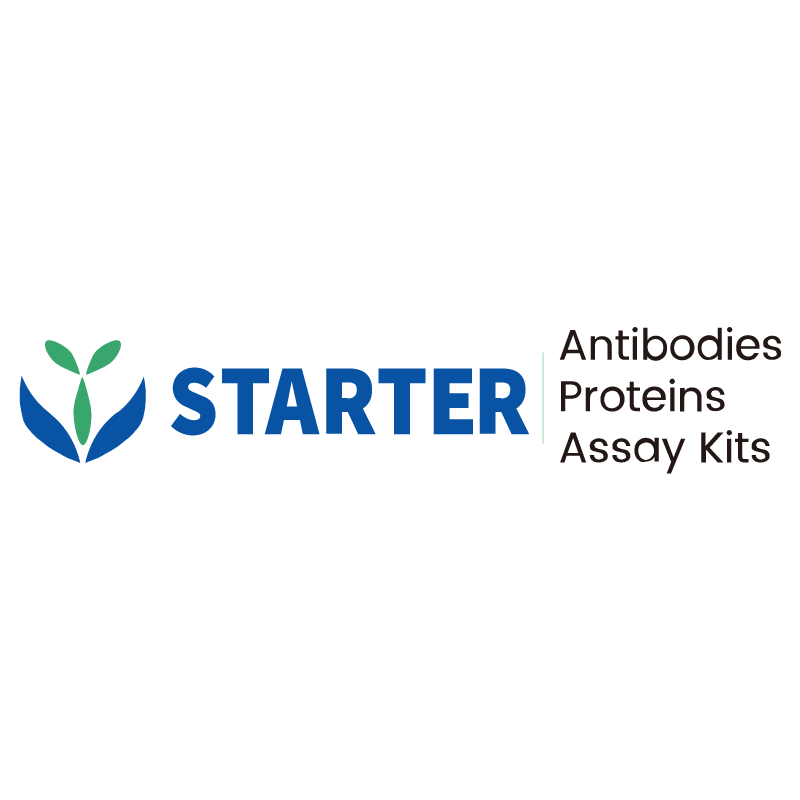WB result of NCOA4 Recombinant Rabbit mAb
Primary antibody: NCOA4 Recombinant Rabbit mAb at 1/1000 dilution
Lane 1: PC-3 whole cell lysate 20 µg
Lane 2: HeLa whole cell lysate 20 µg
Lane 3: HepG2 whole cell lysate 20 µg
Lane 4: 293T whole cell lysate 20 µg
Secondary antibody: Goat Anti-rabbit IgG, (H+L), HRP conjugated at 1/10000 dilution
Predicted MW: 70 kDa
Observed MW: 70 kDa
Product Details
Product Details
Product Specification
| Host | Rabbit |
| Antigen | NCOA4 |
| Synonyms | Nuclear receptor coactivator 4, NCoA-4, Androgen receptor coactivator 70 kDa protein (70 kDa AR-activator; 70 kDa androgen receptor coactivator), Androgen receptor-associated protein of 70 kDa, Ret-activating protein ELE1, ARA70, ELE1, RFG |
| Immunogen | Synthetic Peptide |
| Location | Nucleus |
| Accession | Q13772 |
| Clone Number | S-1211-40 |
| Antibody Type | Recombinant mAb |
| Isotype | IgG |
| Application | WB |
| Reactivity | Hu |
| Purification | Protein A |
| Concentration | 0.5 mg/ml |
| Conjugation | Unconjugated |
| Physical Appearance | Liquid |
| Storage Buffer | PBS, 40% Glycerol, 0.05% BSA, 0.03% Proclin 300 |
| Stability & Storage | 12 months from date of receipt / reconstitution, -20 °C as supplied |
Dilution
| application | dilution | species |
| WB | 1:1000 |
Background
NCOA4 is a protein that functions as a nuclear receptor coactivator, participating in various biological pathways within the cell. It is instrumental in regulating autophagy, maintaining iron homeostasis, and providing cellular protection against stressors. NCOA4 is involved in orchestrating autophagy, particularly a subtype known as 'nonselective autophagy' or 'bulk autophagy.' Under pathological conditions such as intestinal ischemia-reperfusion injury, NCOA4's expression is upregulated, facilitating autophagy to clear oxidative stress byproducts and toxic materials, thereby mitigating tissue damage. NCOA4 is intimately linked to the degradation and recycling of ferritin, a key protein in iron storage. It regulates the autophagic degradation of ferritin, maintaining a delicate balance of iron levels within the cell. This process is hijacked by pathogens like Mycobacterium tuberculosis to acquire nutrients for their growth. NCOA4 safeguards cells against oxidative stress-induced damage by modulating iron metabolism-related genes. By reducing the pool of labile iron and inhibiting ferritinophagy and lipid peroxidation, NCOA4 protects cells from ferroptosis and other forms of cell death.
Picture
Picture
Western Blot


